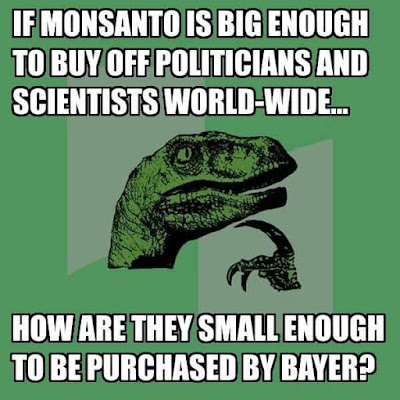Proving once again how easy it is to
rally and rile the ignorant, Don Heacock and Adam Asquith are
fomenting fury around a supposed new "Waialeale water
diversion."
Uh, except, there isn't one.
Here's the crap that Heacock and
Asquith are feeding the mob (you can click on all the images to make them bigger and easier to read):
Oh, yeah, let's try to turn this into Kauai's own pipeline battle. So perfect for the warrior wannabes who can't make it North Dakota.
Here's the reality:
The Department of Water is building an
18-inch transmission line that will run along the Kapaia Cane Haul
Road, from Ma’alo Road to Kuhio Highway, to Grove Farm's existing
Surface Water Treatment Plan (SWTP). It's being built both to create
a redundant system, in case the existing line breaks, and ensure
adequate water pressure for fire fighting at Wilcox hospital and
Wilcox elementary school.
It is not creating any new diversions,
or dewatering any streams. The source capacity of the
SWTP was already determined and approved years ago, during the SWTP’s design phase, through an EIS [correction; engineering report, as required by the Department of Health] and Commission on Water Resources and Management permitting process. It
allows a maximum capacity of 3 MGD. DOW is currently taking about 2
MGD.
Or to boil it down to really simple
terms: DOW is adding another pipeline to increase water flow to the
Lihue area. It is NOT taking any more water from the source than has
already been approved by the state. It is not drilling into Mt.
Waialeale, or anywhere else.
It's perfectly appropriate for Kirk
Saiki to anticipate a finding of no significant impact (FONSI) for a
roadside pipe. Nobody's circumventing the law.
But why bother to find out the facts
when you can get the fanatics frothing and foaming just by tossing
out some made up bullshit?
And sure enough, they snapped at the
bait, ever-anxious for an excuse to get all riled up about something. All ya gotta do is sic Dustin Barca on it:
Gee, that's kind of remarkable, considering the pipeline hasn't even been built yet. Think it might have something to do with the low rainfall?
War? Threat to your lives? What a fricking joke.
Of course, it doesn't take long for the threats to start:
Feeling good about what you've started, Adam and Don? Are you sitting back smirking, knowing you've unleashed the crazies over nothing? Nothing but your own attempt to have Lihue turned into a ground water management area (GWMA), that is.
Because that's the call to action from Hui Hoopulapula Na Wai O Puna's Debra Lee-Jackson. Even though her 'facts" are all messed up, she's demanding either a full EIS for the pipeline or declaration of the GWMA — something Adam has been pushing for quite a while now.
In a letter to Office of Environmental Quality Control Director Scot Glen, Debra sniffs: "[There's] not even a mention of any impact of the withdraw [sic] of the water from the streams."
Mmm, that's because there isn't any going to be any more water withdrawn than has already been approved. Hence, no impact.
But don't worry, that fount of foolishness, KKCR, will soon further muddy the waters with its own unique brand of disinformation, aimed at furthering the massive egos of the hosts while deluding and confusing the sheeple:
Meanwhile, they're busily rallying themselves for some sort of action that is sure to be misguided because it's so misinformed:
Hey, I've got a really radical plan of action. How's about you find out what's really going on before you get all ramped up?
What's sad is seeing some of these
folks waste their energy fighting non-existing bogeyman rather than
working to address real issues in the community.
Like the rampant ignorance that allows them to be so easily manipulated and misled by people like Don and Adam, who will stop at nothing to grind their own axes.
























